Time for Sprinkler Audit
When it comes to checking your sprinkler system and even making repairs, there’s a lot you can do yourself. Having a friend work with you helps. It cuts down on the mess you bring into the house, too.
Some simple steps…
• Have a handful of wire flags you can use to mark problems in your various sprinkler stations.
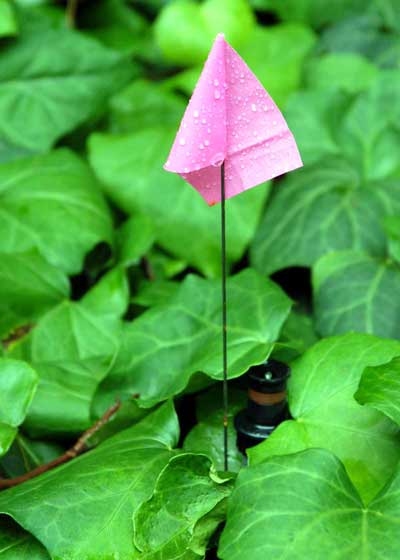
• Have your buddy put the control clock through each station sequentially. You’ll be the “wet” person who throws a wire flag at each problem spot while the station is watering.
Look for these sorts of issues…
🟉 Spray patterns that don’t overlap head to head. That would suggest low pressure, too many heads, or a leak in that station.
🟉 Heads that are broken or missing and that put up “geysers.”
🟉 Heads that have become misaligned. They now spray out onto the walk or the street or into the side of the house.
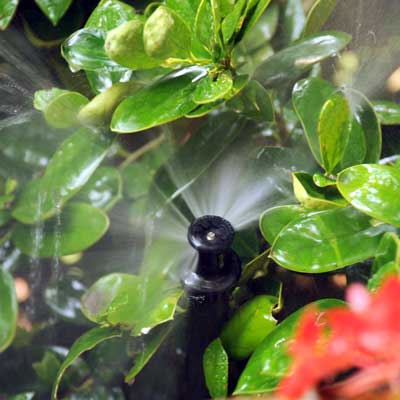
🟉 Heads that are blocked by turf, shrub branches, or low groundcovers and annuals.
🟉 Stations that don’t turn on.
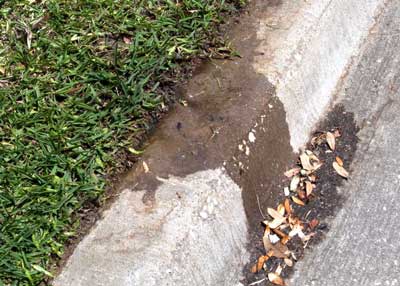
🟉 Valves that don’t turn off completely (the lowest head in the station keeps dribbling hours after the clock has completed its cycle).

• Make a list of the various problems you’ve observed and the parts it will take to repair them. Make special note of pipe sizes, where threads are located, and how you’re going to turn corners and join the cut pipes back together.
• Go to the hardware store and stock up on everything that you’ll need. Be sure to buy pipe cleaner/primer and glue, also a good pipe saw and cutter. If you don’t have a sharpshooter spade, you’ll want one.
• Go over your list of repairs with the sales expert in the plumbing department to be sure you have all the parts that you’ll need.
• Turn the water off at a convenient time.
• Turn on the lowest faucet in your system to drain the pipes as best you can before you make the first cut or open the first sprinkler head or valve.
• Once you start working, dry all the surfaces before you start priming and gluing pieces together.
• Give repaired pipes the recommended time for the glue to dry, then slowly turn the water back on and bring the pressure back to normal. After a few minutes put the system through a quick run of its full cycle.
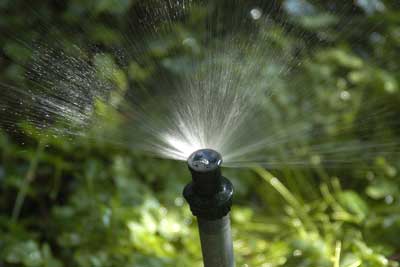
• If you’re cleaning strainers from heads that weren’t spraying properly, take the head off, strainer and all. Swish the strainer around in a bucket of clear water, then turn the system on to blow out any debris that’s still in the line. Then you’ll be ready to put the head back in place.
Smart controllers work…
By now most systems probably have “smart” controllers. These are the ones that monitor weather conditions, soil types, plants species, sun/shade, slope, and other environmental concerns to help you determine when your plants should be watered.
These controllers also work off apps on your phone, and that may be the coolest part of all. You can see when last they were run and for how long. You can set when they’ll run and for how how long. I have three smart controllers on our systems and I can’t think of going back to the old manual models.
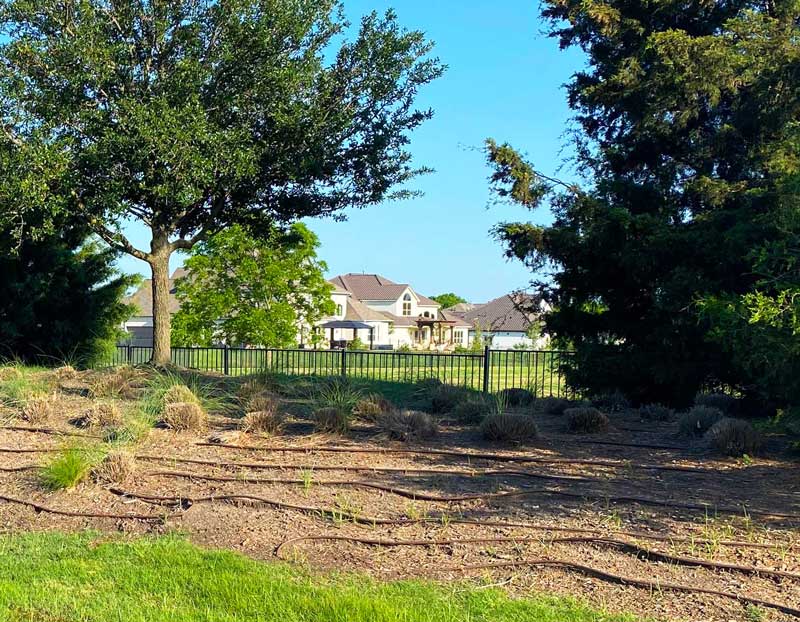
Drip systems are higher maintenance…
Many cities are requiring drip irrigation be a part of new irrigation systems. That makes sense since it is a great way to conserve water in a state that has long periods of drought.
But drip irrigation is fraught with troubles. First, drippers that deliver the water to the individual plants get pulled loose just from routine maintenance chores. We don’t notice it until we’ve lost plants.
Second, rodents such as rabbits and rats use the drippers as water fountains. They chew through the little rubber tubes as if they were butter, and before we know it, we’re losing plants.
Third, it takes a ton of emitters to put out enough water for a large shrub or small tree. And that doesn’t begin to address a large bed of groundcovers or ornamental grasses. All it takes is a few emitters missing to give really sketchy results over the entire planting. And, as soon as the landscape plants start to thin and die, the drippers and supply pipes suddenly become very visible and downright unsightly.
Drip irrigation systems are great in some settings, but like ornamental grasses, my own personal opinion is that we’ve pushed them too far. I guess I must be old school. Give me some handsome shrubs and groundcovers, and water-conserving spray heads and I’ll be happy.
